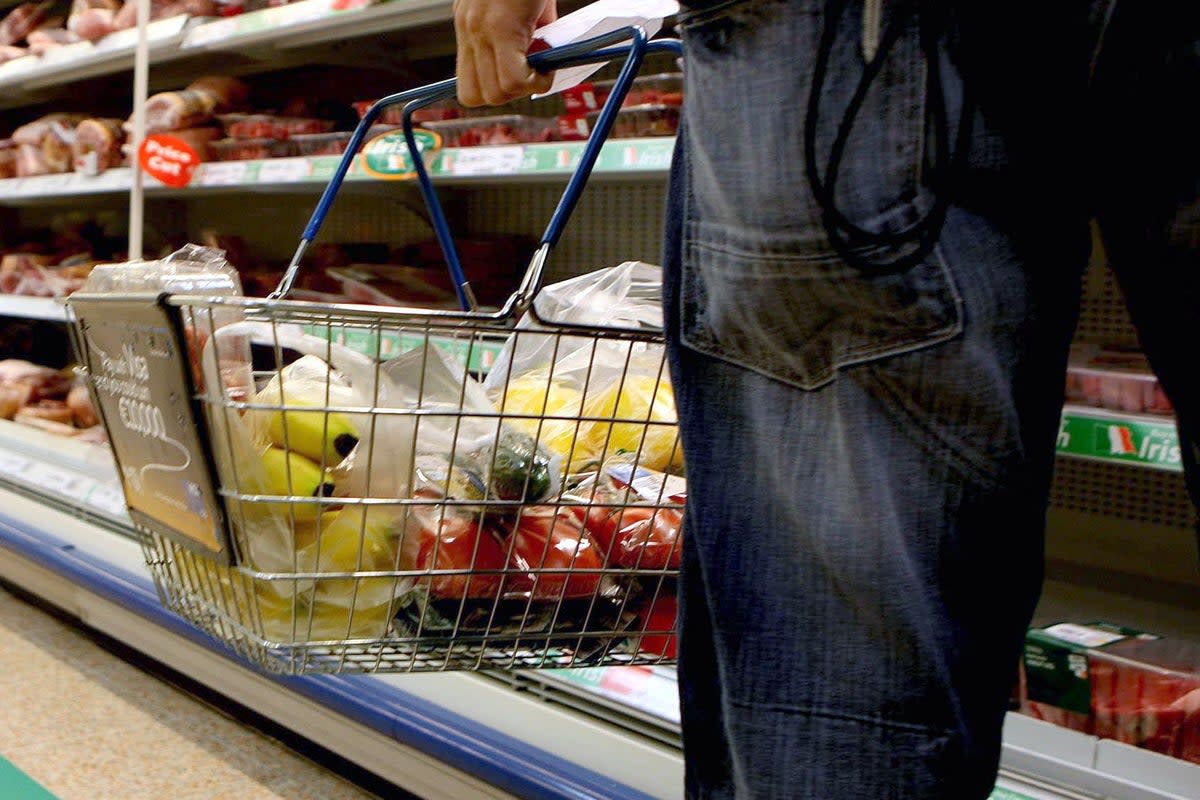How does inflation in the UK compare with the US, Europe and Australia?

UK inflation has jumped unexpectedly on the back of food prices surging at their fastest rate for 45 years.
It rose to 10.4 per cent in February, up from 10.1 per cent in January – giving the UK the highest rate of inflation across the G7 and in most major economies.
ONS chief economist Grant Fitzner said: “Inflation ticked up in February, mainly driven by rising alcohol prices in pubs and restaurants following discounting in January. Food and non-alcoholic drink prices rose to their highest rate in over 45 years, with particular increases for some salad and vegetable items as high energy costs and bad weather across parts of Europe led to shortages and rationing. These were partially offset by falls in the cost of motor fuel, where the annual inflation rate has eased for seven consecutive months.”
It is the first rise in inflation since October 2022, and pushes the rate even further away from the Bank of England’s goal of 2 per cent.
In addition, the rise makes Chancellor Jeremy Hunt’s announcement that inflation was expected to fall to 2.9 per cent by the end of the year appear less likely.
But how does inflation in the UK compare with other regions of the world?
Here’s what we know.
US
The annual rate of US inflation eased to 6 per cent last month from 6.4 per cent in January.
Europe
In the eurozone, annual inflation was 8.5 per cent in February, down from 8.6 per cent in January, according to an initial estimate released by the European Union’s statistics agency on March 2. Economists polled by Reuters had forecast an 8.2 per cent rise.
In Germany – Europe’s largest economy – inflation ticked up to 9.3 per cent from 9.2 per cent.
It also rose in France – to 7.2 per cent from 7 per cent – and in Spain to 6.1 per cent from 5.9 per cent.
Like elsewhere, the biggest driver of inflation in Europe was the rise in the cost of food, alcohol and tobacco.
It is expected that the European Central Bank will increase interest rates later this month after they were at the highest level since 2008.
Australia
In Australia, lower than expected inflation suggests the worst of the price increases may be over. The consumer price index for the month was 7.4 per cent, compared with 8.4 per cent for December alone, the Australian Bureau of Statistics said.
Economists had been predicting the January CPI would be 8.1 per cent.
According to Reuters, Australia’s top grocer, Woolworths Group, said that while the food inflation rate was beginning to decline, prices were taking longer than expected to retreat off pandemic highs.

 Yahoo News
Yahoo News 